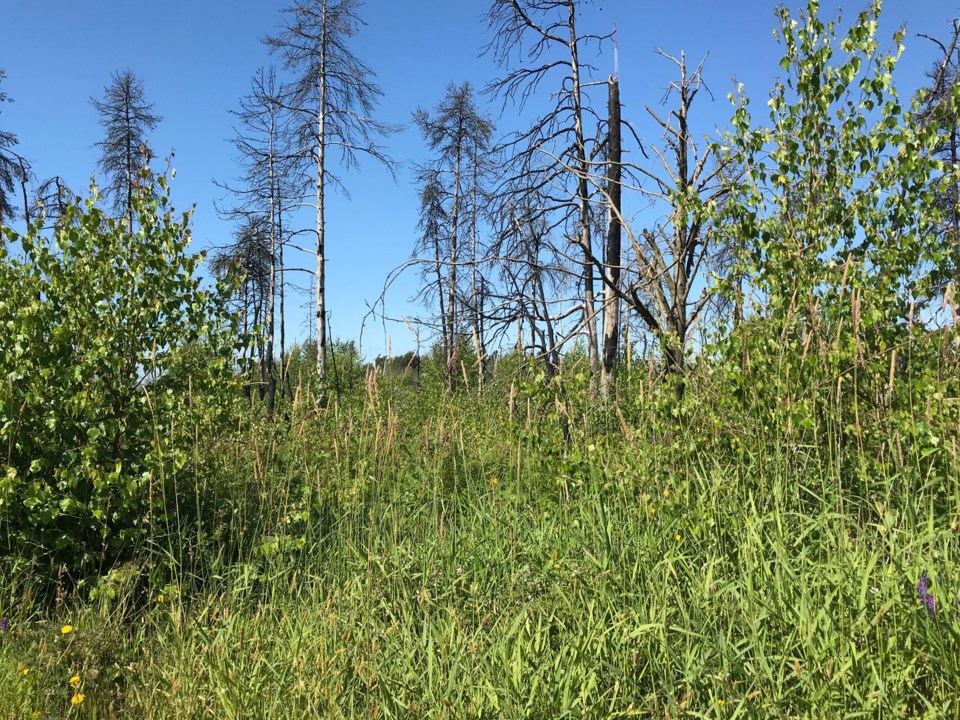The City of Delta will undertake measures to reduce the risk of wildfires in Burns Bog including the removal of trees.
A report to council notes Delta completed its Community Wildfire Protection Plan in 2017 to address risks associated with wildland-urban interface areas across the municipality.
The plan identified elements of community wildfire protection including communication and education, structure protection, training, emergency response and vegetation management.
Since then, Delta’s Fire and Emergency Services, working in conjunction with the parks, recreation and culture and engineering departments, have worked to implement and sustain a number of mitigation measures outlined in that plan.
One of the priorities was to develop a fuel management plan to help prevent wildfires and, with grant funding received from the Union of British Columbia Municipalities (UBCM), a plan to reduce vegetation fuel for fires was completed last year.
The plan identified eight “priority parcels” in Burns Bog and Watershed Park.
The first works to be carried out include fuel management at the city’s radio communications tower in Burns Bog.
The provincial government earlier this month announced Delta would receive a $77,055 Community Resiliency Investment grant in the FireSmart Community Funding and Supports category, administered through the UBCM, for the initiative.
The work will include removing approximately half of the pine trees in the treatment area, specifically pines of a certain stem diameter and pines that are affected by gall rust disease, removing all hemlock and birch trees, removing dead and hazardous trees and pruning lower stems of remaining pine trees to a certain height.
All trees removed will be smaller than the threshold for required permitting and tree replacement under Delta’s current tree protection bylaw.
The work is to take place starting this September.
The staff report notes that a wildlife assessment will take place and a mitigation plan prepared to minimize disturbance to wildlife in the area.
“A breeding bird survey and nest monitoring during operations will aim to eliminate disturbance to nesting birds. If raptor nests are found in the project site, they will be avoided and a buffer area will be left around the nesting tree. While these protective measures will be in place, active nests are not anticipated because the operations are planned to occur outside of bird nesting season,” the report states.



